In an era dominated by digital screens and artificial scents, certain pockets of the world remain blissfully untouched by modern conveniences. These traditional villages preserve ancient practices in which firewood fuels daily life and wild herbs perfume the air, offering visitors a sensory journey back in time.
The aromas that permeate these communities tell stories of cultural heritage, traditional cooking methods, and deep connections to the surrounding landscape. Here is a list of 20 villages around the world where the distinctive scents of firewood and wild herbs create an authentic atmosphere that can’t be replicated in urban environments.
Ghandruk, Nepal
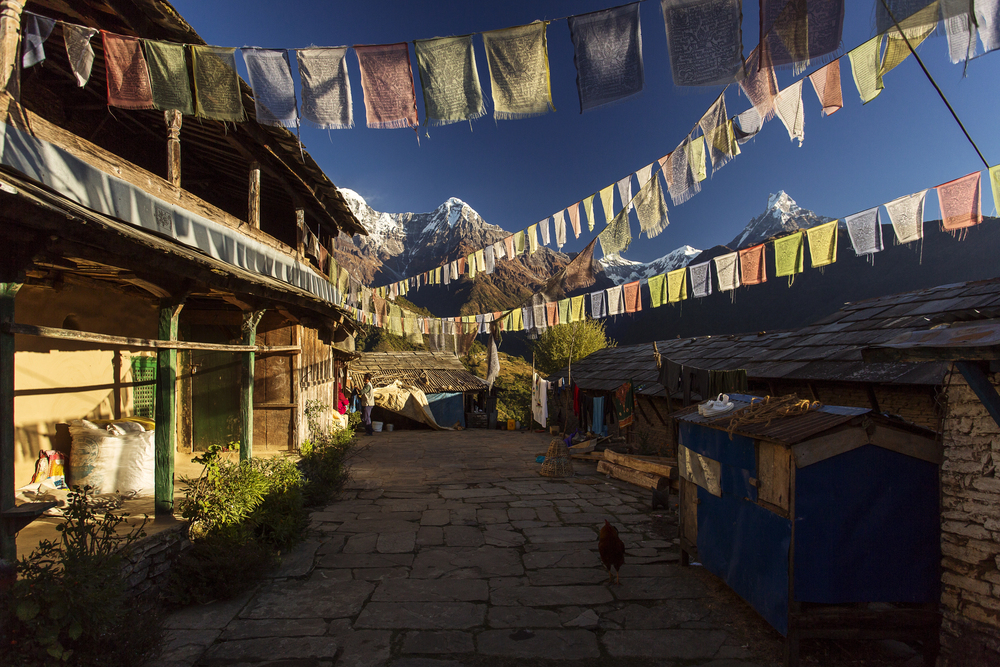
In the Annapurna mountain range, Ghandruk village fills with the comforting aroma of pine and juniper burning in traditional hearths every morning and evening. Local families still cook traditional Nepali dishes like dal bhat over open flames, mixing wood smoke with the scent of cumin, coriander, and wild mountain herbs.
The smoke from stone-roofed houses creates a fragrant blanket that settles in the valley as the sun sets behind the Himalayas.
Olympos, Greece

This ancient village on Karpathos Island maintains traditions that date back thousands of years, including cooking methods that fill the narrow streets with distinctive scents. Villagers gather wild thyme, oregano, and sage from the surrounding hillsides and use them in dishes prepared over olive wood fires.
The combination of Mediterranean herbs and wood smoke creates an aroma profile as timeless as the whitewashed buildings that line the village paths.
Like Travel Pug’s content? Follow us on MSN.
San Juan Chamula, Mexico
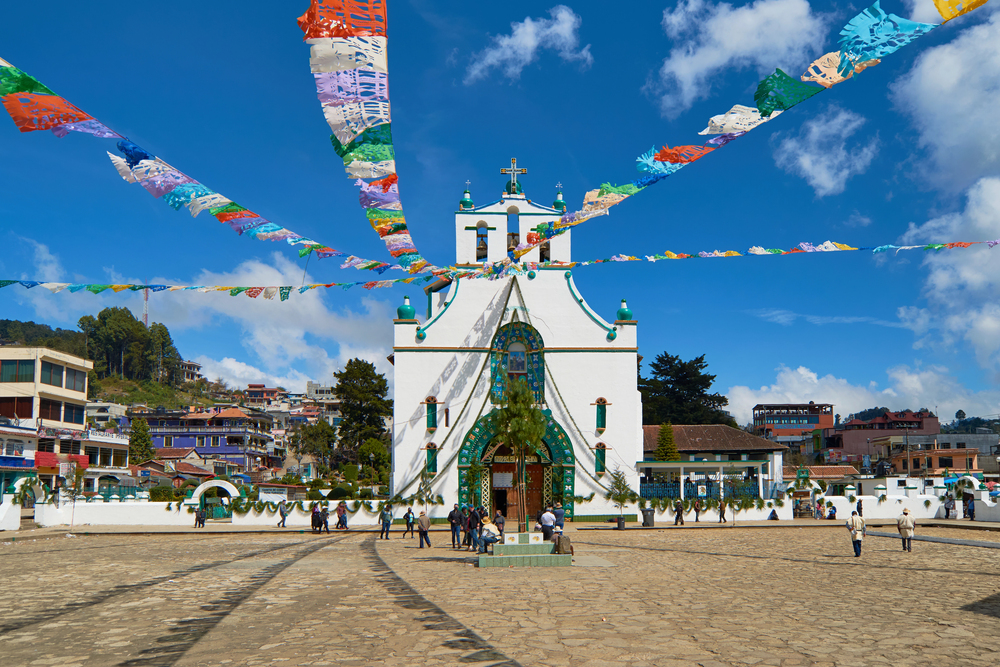
In the highlands of Chiapas, this Tzotzil Maya community maintains spiritual traditions. Copal resin burns alongside pine firewood in homes and the famous church. The sweet, earthy fragrance of copal mingles with pine smoke and the abundant wild herbs that grow in the surrounding mountains.
Women prepare traditional corn-based foods over wood fires, adding another layer to the village’s complex aromatic identity.
Hollókő, Hungary
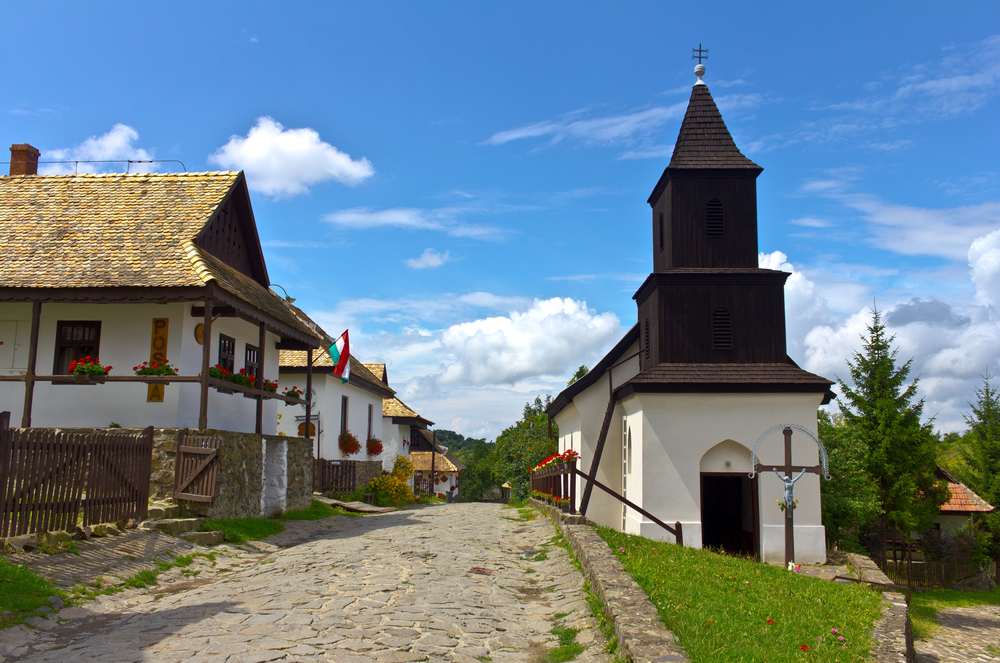
This UNESCO World Heritage village preserves folk traditions, including cooking methods that rely exclusively on local firewood and herbs from the surrounding Cserhát mountains. The scent of apple and cherry wood smoke mixes with Hungarian paprika, wild garlic, and thyme as villagers prepare traditional goulash in cast-iron pots.
During spring festivals, the entire village becomes an aromatic celebration as every home lights its hearth and prepares traditional foods.
Shirakawa-go, Japan
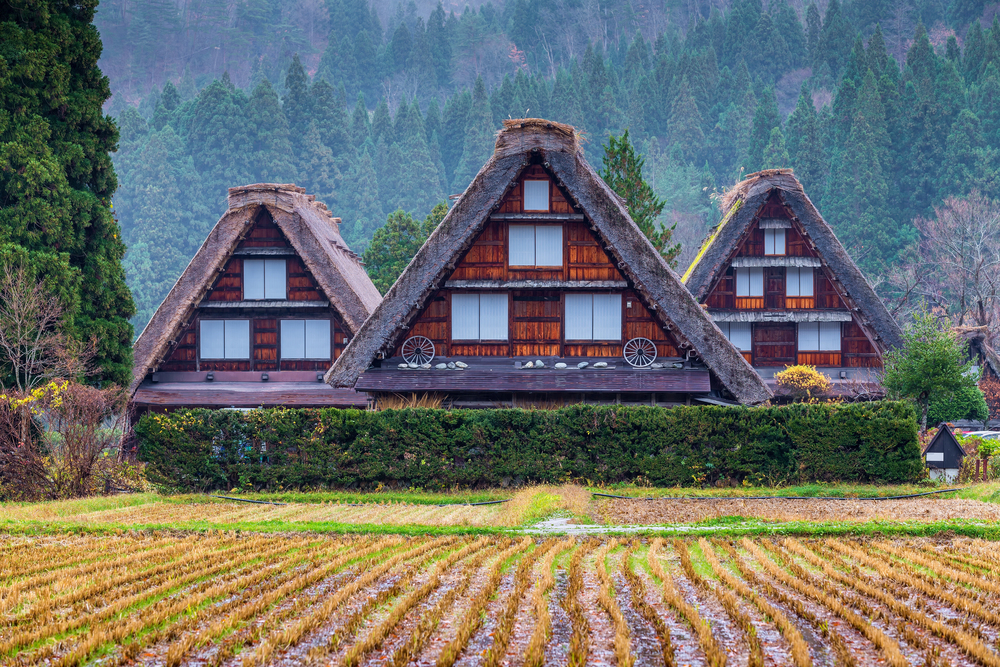
Famous for its traditional gassho-zukuri farmhouses, this mountain village uses firewood and charcoal in irori (sunken hearths) that have remained largely unchanged for centuries. The distinct aroma of Japanese cypress and cedar smoke mingles with wild sansho pepper and mountain herbs that grow in the surrounding alpine landscape.
When snow blankets the steep thatched roofs in winter, the village becomes a fragrant haven of wood smoke and simmering traditional hotpots.
Like Travel Pug’s content? Follow us on MSN.
Monsanto, Portugal
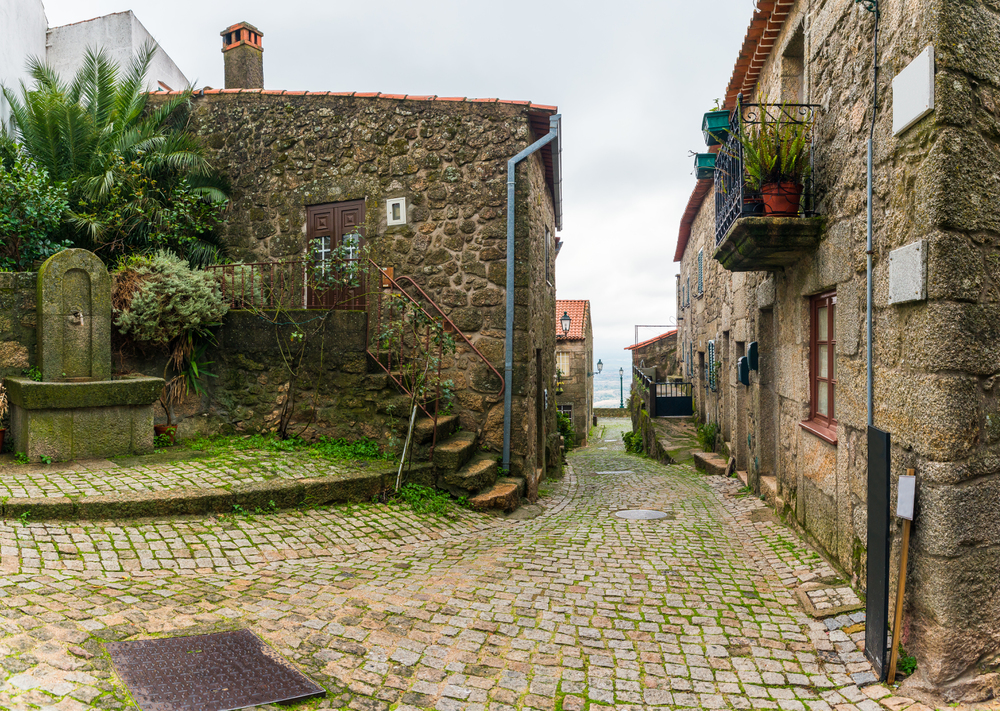
Built among ancient boulders, this village maintains traditions. Oak and olive wood fuel traditional ovens and fireplaces throughout the year. The smoke mingles with wild rosemary, lavender, and bay, which grow abundantly between the granite boulders surrounding the village.
Bread baked in communal wood-fired ovens creates a twice-weekly ritual that perfumes the entire village with an irresistible combination of yeast, fire, and herbs.
Kabak, Turkey

Perched above the Mediterranean in the mountains of southwestern Turkey, this remote eco-village relies on sustainable firewood for cooking and heating. The air is permanently scented with wild oregano, bay, and sage, which grow abundantly on the surrounding slopes.
Local cuisine cooked over wood fires incorporates these herbs, creating a distinctive aroma that drifts through the village’s scattered wooden cabins and common areas.
Khonoma, India

This Naga village in northeastern India preserves traditional cooking methods—oak and pine wood fuel central hearths in every home. The smoke from these fires blends with the pungent aroma of raja mirchi (ghost peppers), wild ginger, and local herbs used in daily cooking.
The village’s green initiatives have preserved the surrounding forests, ensuring sustainable wood collection and abundant wild herbs.
Like Travel Pug’s content? Follow us on MSN.
Viscri, Romania
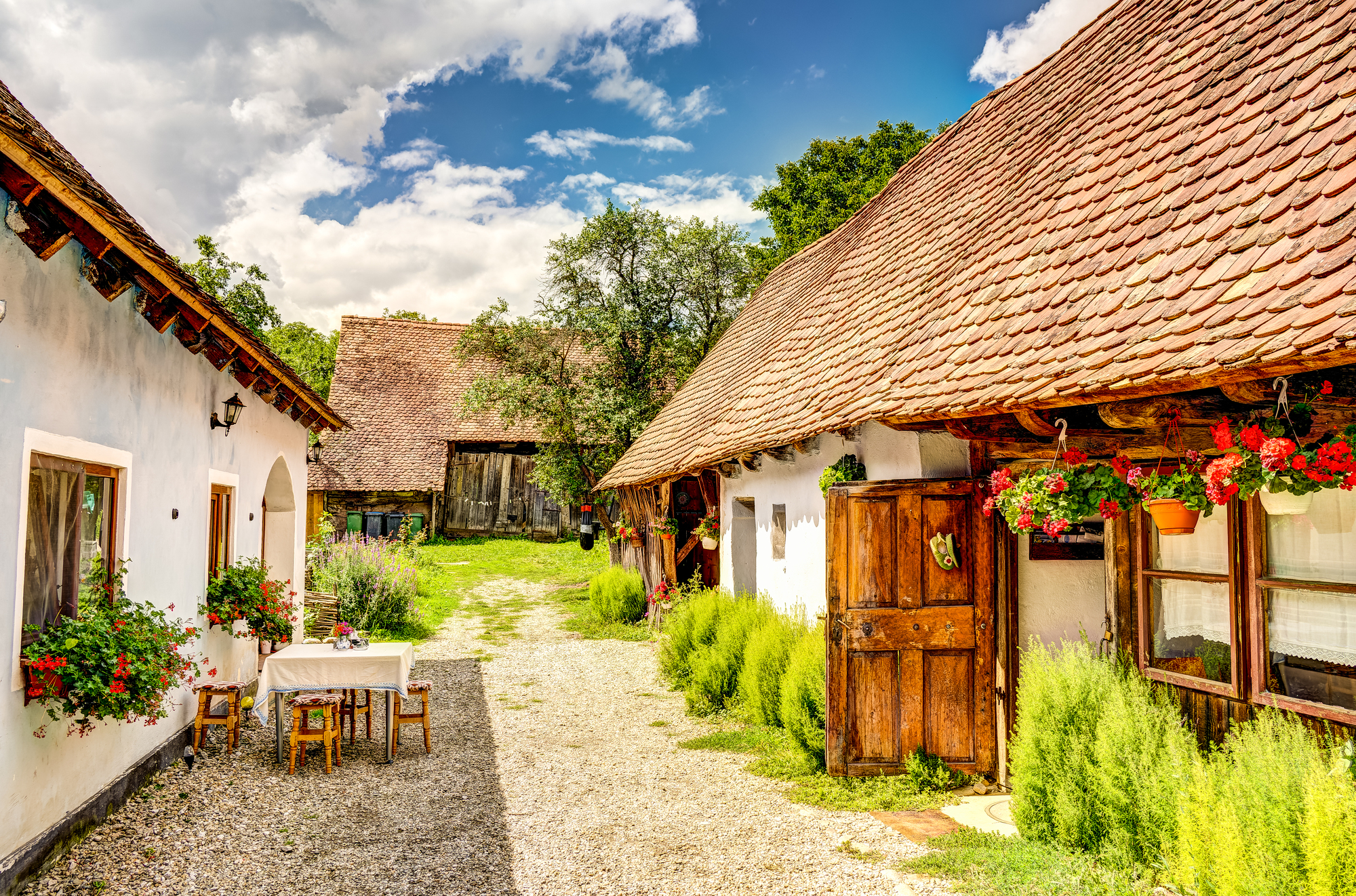
This Saxon village in Transylvania maintains medieval traditions, including wood-fired ovens and traditional hearths. The scent of hornbeam and beech wood smoke mixes with wild mint, chamomile, and elderflower collected from surrounding meadows.
Traditional Romanian dishes slow-cooked over wood fires add depth to the village’s sensory landscape, particularly during the autumn harvest season.
Ping’an, China
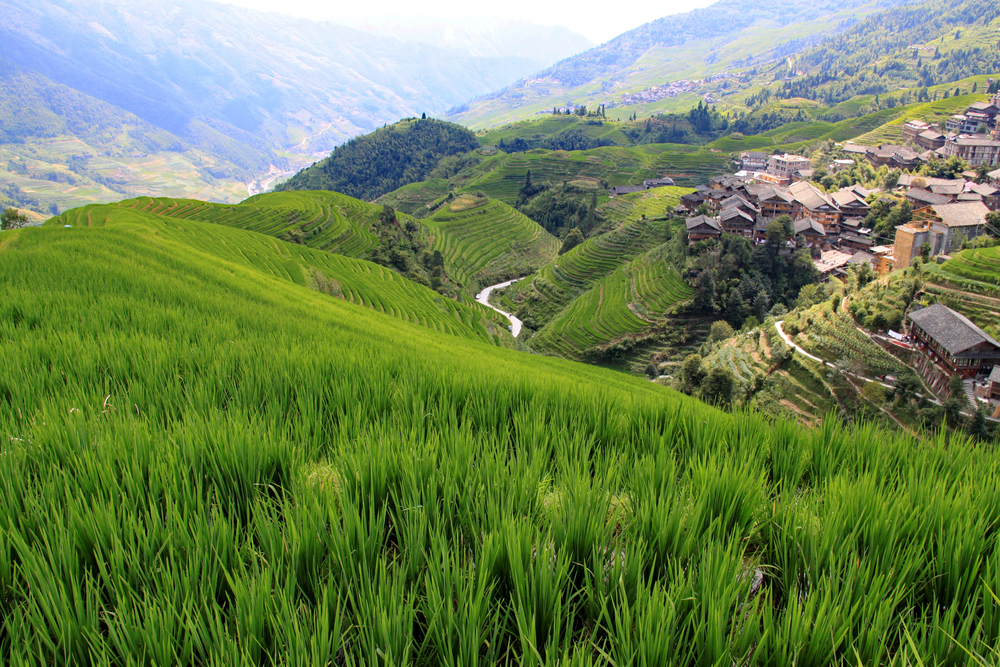
The terraced rice fields surrounding this Zhuang village create a microclimate where wood smoke from traditional homes mingles with the scent of wild herbs used in Zhuang medicine. Villagers cook over open fires using locally sourced wood, creating a distinctive aroma that permeates the narrow lanes between wooden stilt houses.
The combination of smoke with star anise, wild ginger, and flowering herbs creates a unique sensory experience that changes with the seasons.
Hobbiton, New Zealand
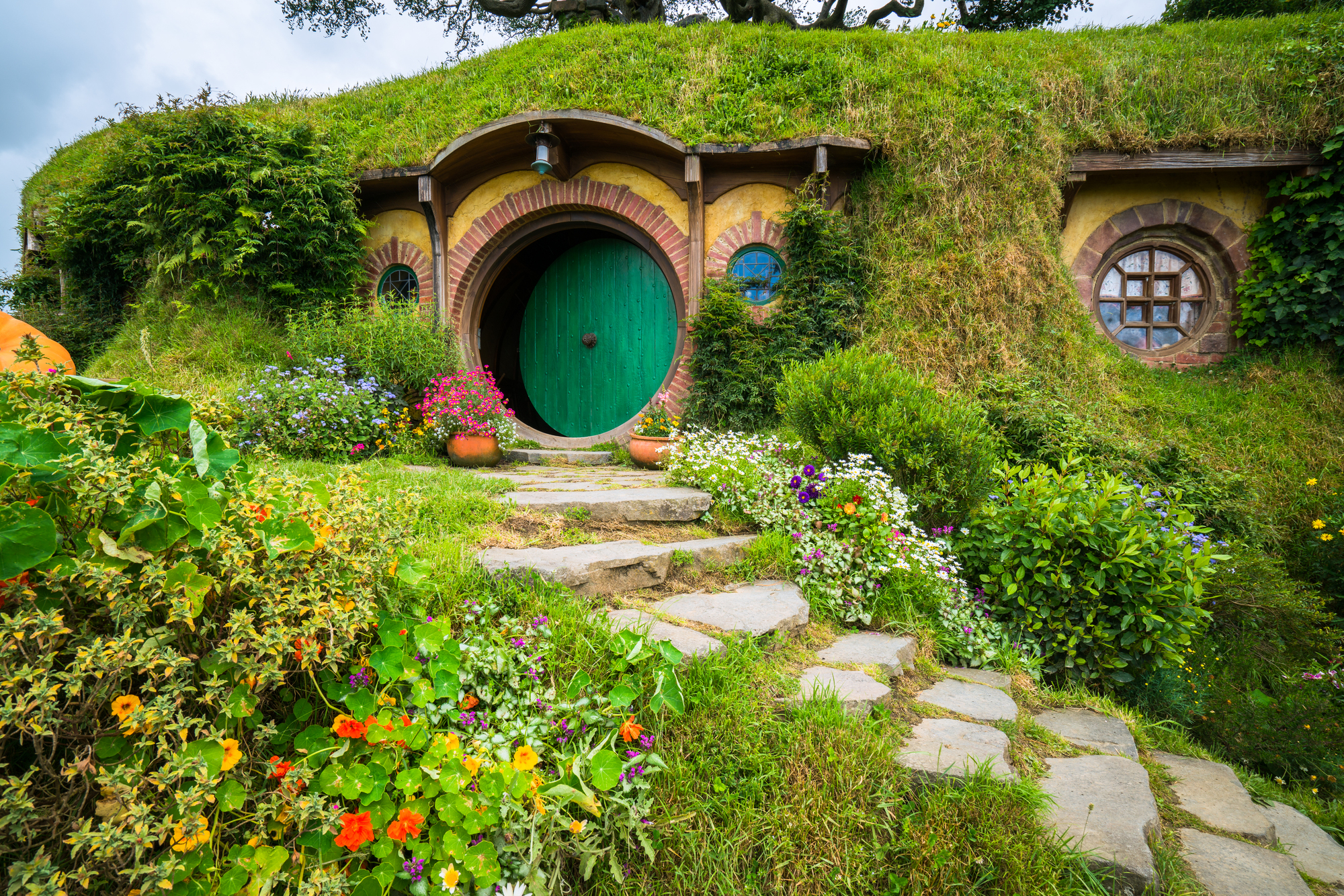
This small settlement maintains an old-world charm. Wood fires burn in hearths and outdoor ovens throughout the village. The surrounding hills provide firewood and an abundance of wild thyme, mint, and native herbs that perfume the air.
Traditional cooking methods preserve the authentic atmosphere of rural life, with smoke from chimneys creating a fragrant haze that settles over the rolling landscape.
Like Travel Pug’s content? Follow us on MSN.
Hum, Croatia
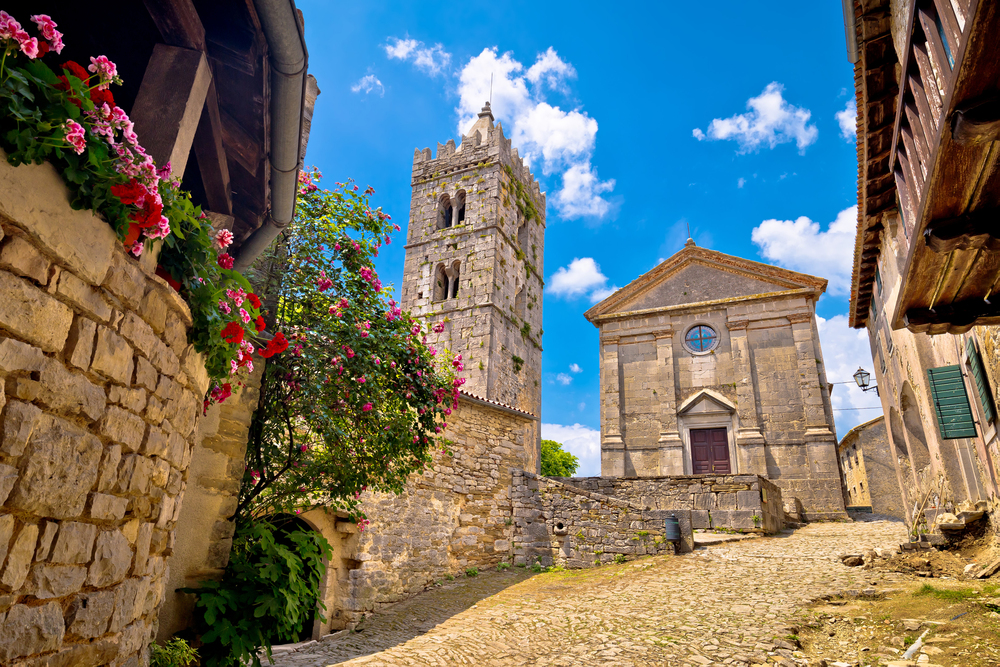
Officially the world’s smallest town, this medieval settlement in Istria preserves traditional ways of life, including cooking with fire and wild herbs. The surrounding forests provide oak and beech for fires, while the limestone hills yield wild sage, rosemary, and lavender used in local cuisine.
The village’s annual rakija (fruit brandy) production fills the air with the scent of fermented fruit and wood smoke as distillation takes place over open fires.
Civita di Bagnoregio, Italy

Perched on an eroding volcanic plateau, this ancient village maintains traditions where chestnut and oak fuel hearths and outdoor ovens. The surrounding valleys provide wild fennel, mint, and oregano, which are prominent features in local cuisine.
Traditional pasta and bread making fill the narrow streets with mouthwatering aromas that complement the ever-present scent of wood smoke curling from ancient stone chimneys.
Guanajuato, Mexico
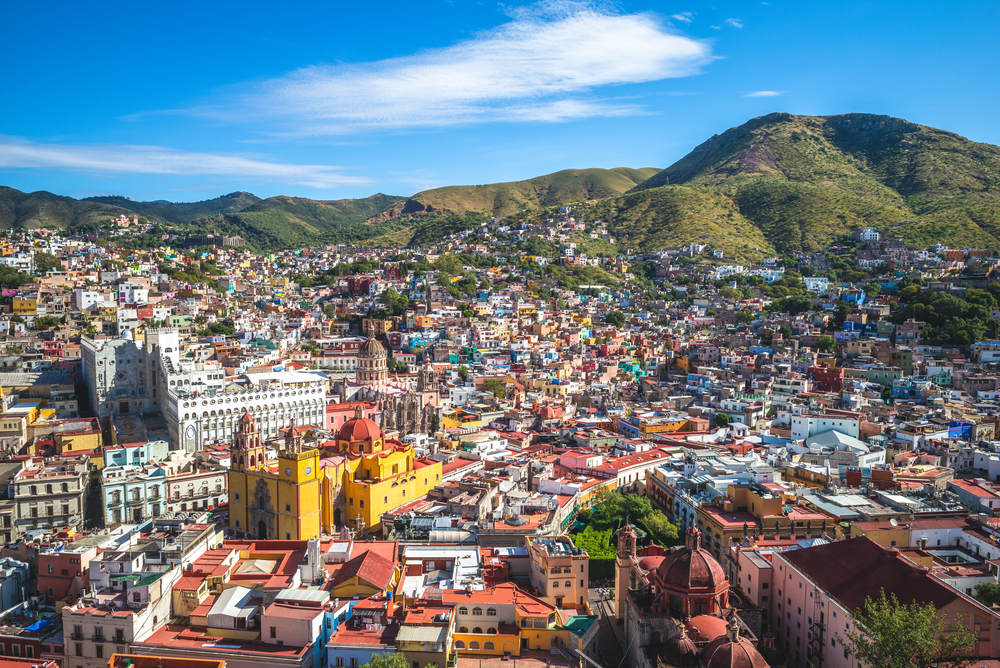
Tucked into a narrow valley, this colorful village maintains its culinary traditions: Mesquite and oak wood fuel traditional cooking fires. The surrounding highlands provide wild herbs that permeate local dishes, including Mexican oregano, epazote, and hoja santa.
Street food vendors create aromatic pockets throughout the winding alleys as they prepare traditional foods over open flames.
Like Travel Pug’s content? Follow us on MSN.
Zermatt, Switzerland

This car-free Alpine village maintains traditions where pine and fir wood heat traditional chalets during the snow-covered winters. The aroma of burning wood mixes with wild mountain herbs, including Alpine thyme, gentian, and edelweiss that grow on the surrounding slopes.
Traditional cheese fondue and raclette prepared over wood fires add rich dairy notes to the village’s distinctive scent profile.
Khuzhir, Russia

This remote village relies on firewood to survive the harsh winters, creating a permanent woodsmoke atmosphere. The surrounding taiga provides pine, larch, and birch for fires, while wild herbs, including Siberian ginseng and thyme, dot the landscape.
Traditional smoking of the lake’s famous omul fish adds another aromatic dimension to the village atmosphere.
Oia, Greece

Beyond the famous blue-domed churches, this Santorini village maintains traditions where olive and vine wood fuel outdoor ovens and hearths. The volcanic soil produces intensely aromatic wild herbs, including thyme, oregano, and capers, that grow from seemingly impossible rock crevices.
Morning bread-baking rituals fill the winding paths with the unmistakable scent of wood fire and freshly baked dough.
Like Travel Pug’s content? Follow us on MSN.
Shaxi, China

This ancient tea horse road town preserves wood-fired cooking traditions in its courtyard homes and street food stalls. The surrounding valleys provide firewood and wild herbs, including Yunnan cardamom, ginger, and unique varieties of mint, which are found only in this region.
Traditional smoking methods for preserving meat and vegetables create distinctive scent pockets throughout the village’s ancient center.
Tafraoute, Morocco

Nestled among red granite boulders, this Berber village maintains traditional cooking methods using argan wood and wild herbs. The distinctive smoke from bread ovens mixes with wild thyme, mint, and cumin, which grow between the massive rocks surrounding the village.
Women preparing tagines over small wood fires create aromatic zones throughout the village that change with daily cooking rhythms.
Goreme, Turkey

Built within ancient cave dwellings, this Cappadocian village maintains traditions where juniper and oak wood fuel tandoor-style ovens carved directly into the soft tufa rock. The aromatic smoke from these fires combines with wild sage, marjoram, and sumac that flourish in the surrounding volcanic landscape.
The village air becomes particularly fragrant during autumn harvests as families prepare traditional preserves and dry fruits over smoldering wood fires.
Like Travel Pug’s content? Follow us on MSN.
A Return to Sensory Authenticity

These villages offer more than just picturesque views—they provide a multi-sensory connection to traditions that modern life has largely abandoned. The specific combination of local wood smoke and regional wild herbs creates an olfactory fingerprint unique to each location, impossible to replicate elsewhere.
Visiting these communities offers a rare opportunity to experience environments where authentic aromas connect people directly to their food, landscape, and cultural heritage. As interest in sensory tourism grows, these fragrant villages stand as living museums of our shared aromatic heritage.
More from Travel Pug

- Cities Growing so Fast You Won’t Recognize Them in 10 Years
- 13 Destinations Where Tourists Regularly Regret Their Trip
- 20 Obscure WWII Sites Even History Buffs Don’t Know About
- 10 Under-the-Radar Mountain Towns That Are Both Affordable and Beautiful
- Remote Villages in Europe Where You Can Live for Free in Exchange for Work
Like Travel Pug’s content? Follow us on MSN.
